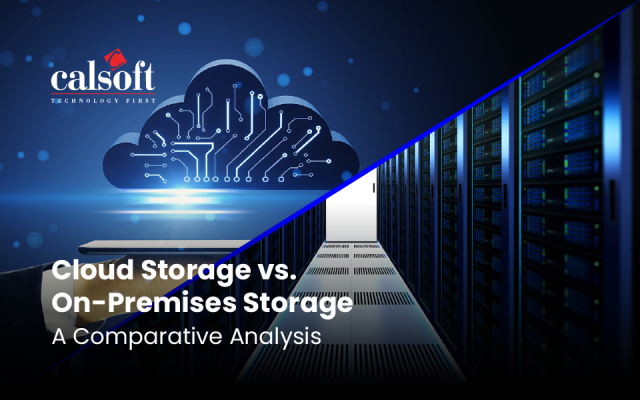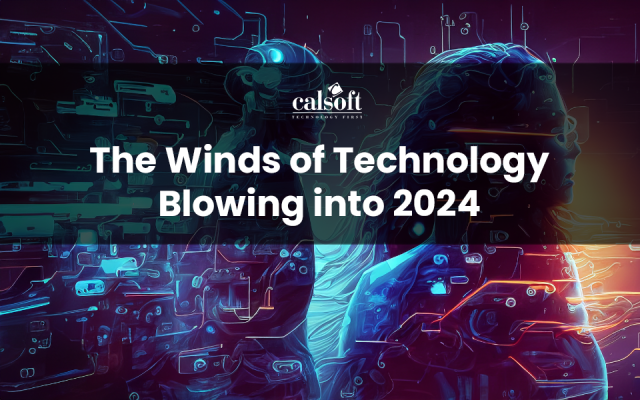We all are aware of the amount of data being generated by an enterprise as well as an individual every minute across the globe. Mobility, social media and Internet of Things (IoT) are the major contributors for the same, and have taken the data volume to new heights. Companies have too much of data to deal with and it looks unlikely that the growth of this “Big Data” will slow down in recent times. According to IDC, the amount of data in the world doubles every two years, and by 2020 it will reach to a whooping figure of 44 trillion gigabytes of data.
While such stats show encouraging sign for businesses to invest in analytics and intelligence tools, but we should also look for the storage part of it as well. Storing this huge amount of data is fast becoming a critical bottleneck. Most of the organizations still continue to trust on the traditional legacy storage. These solutions were never made for collecting data in such huge volumes and quite frequently fail when are exposed to such huge volume.
Calsoft Whitepaper: Proliferation Of Cloud Integrated Storage (CIS)
Software-Defined-Storage (SDS) – An alternative
Many organizations have started considering an alternative option for their traditional storage, and it looks like that an alternative way is the only way. Software Defined Storage (SDS) has appeared as a strong option over the last few years. Its flexible architecture compared to its legacy counterparts is scalable enough to meet the fluctuating demand and provide a flexible and financially sustainable option for data storage.
Primarily SDS is nothing but a piece of software that sits on top of a physical device and gives control to IT professionals, so that they can better manage the features. It provides a consistent streamlined data flow through automatic deduplication. Which means information is instantly available whenever required. Businesses need this not only to address their current requirement but to meet their future storage requirements as well.
Growth Trends:
According to a major research firm SDS market is expected to grow from USD 4.72 Billion in 2016 to USD 22.56 Billion by 2021, at a Compound Annual Growth Rate (CAGR) of 36.7%. Exponential growth in data volume across enterprises, need for cost optimization in data management, downtime management of storage infrastructure and competitive market environment; are some of the key driving forces for the growth of the SDS market.
Challenges:
As every other technology Software Defined Storage has also some road blocks. I have read and received comments on data security and privacy, in using SDS. Any organization will never entertain loss of data or unauthorized access to their storage systems. This is one of the major concerns for companies planning to adopt SDS. Another concern is that enterprises have invested heavily on data centers to run their applications, cloud-based services, and databases. Migrating from traditional data centers and that too in such a short span of time that their business does not get impacted is a tedious process.
But I know great strides have been made in SDS, and there are many more to come. Technologists are working on this technology to truly ensure any investment in it represents a sustainable, future proofed and affordable alternative. I am sure SDS will overcome all these challenges and will prove to be the best alternative for traditional storage.
Calsoft Storage Expertise
Leveraging years of experience with Storage platforms, ecosystems, operating systems and file systems, Calsoft stands as pioneer in providing storage product R&D services to ISVs. Our service offerings enable storage ISVs/ vendors to quickly develop next generation storage solutions that can perform and cut across enterprise IT needs.






